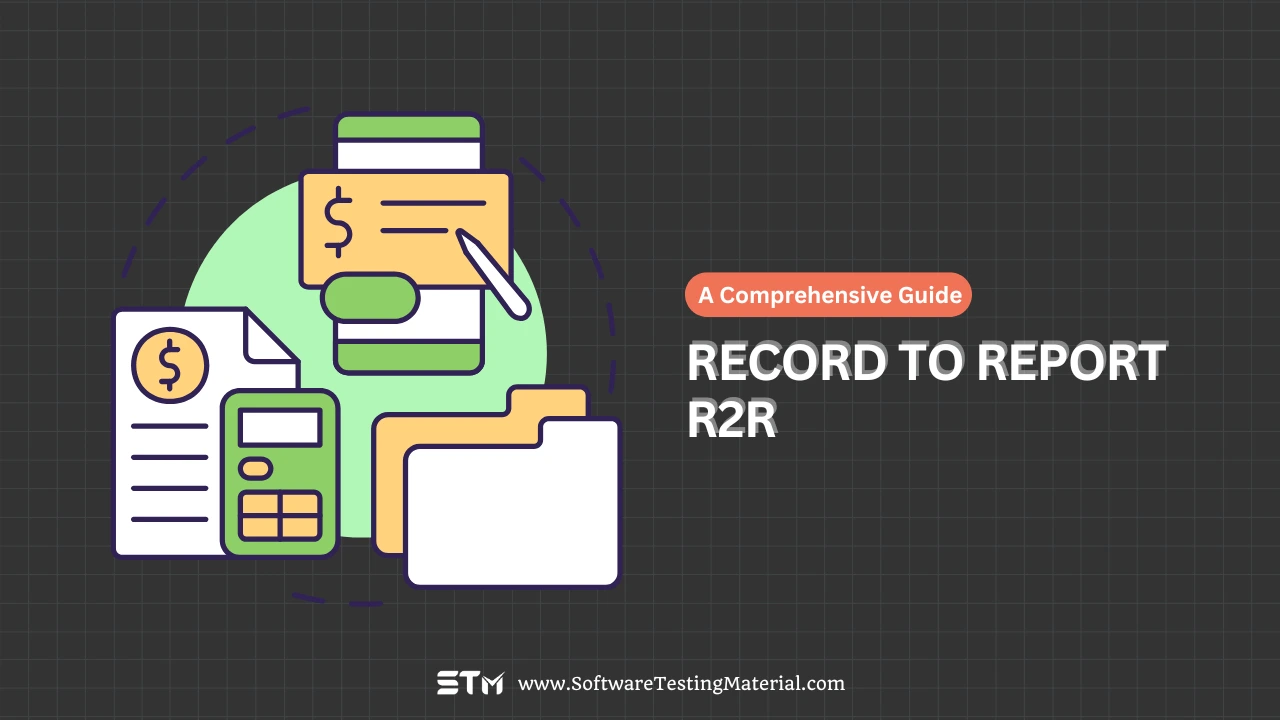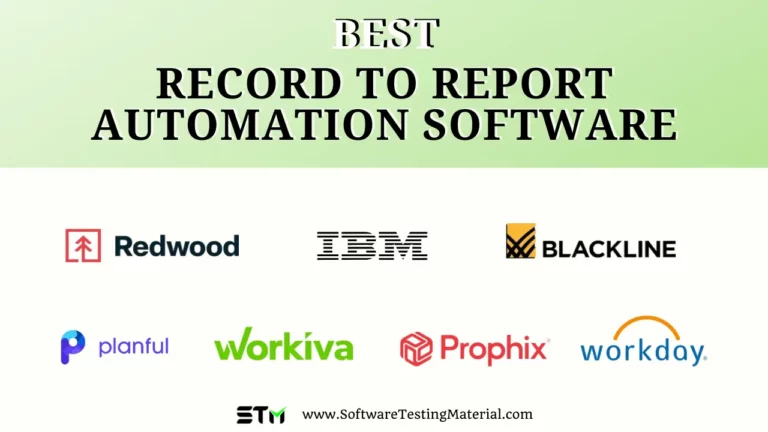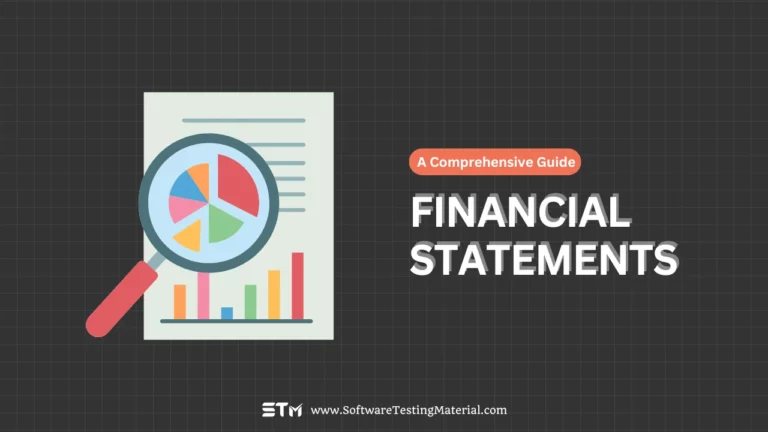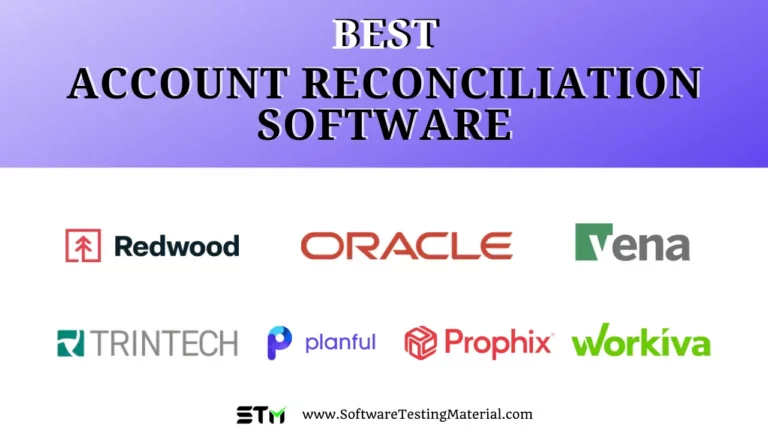Record to Report (R2R) Process: A Complete Guide for Streamlined Financial Reporting
The “Record to Report” (R2R) process is a crucial part of financial management in organizations. It involves collecting, processing, and delivering accurate financial data that helps in decision-making. This process ensures that all financial records are correct and up to date, leading to reliable reports. R2R covers a wide range of activities, from recording daily transactions to preparing financial statements. By understanding R2R, businesses can manage their finances better, comply with regulations, and make informed decisions. This article will explore the steps involved in the R2R process and highlight its significance in the financial landscape.
Must read: What is Financial Reconciliation

What is a Record to Report (R2R)?
Record to Report (R2R) is a financial process used in businesses to collect, process, and deliver accurate financial information. This process starts with recording every financial transaction the company makes, such as sales or expenses. Next, it involves summarizing these records into detailed reports, like balance sheets or income statements, which show the business’s financial health. Finally, these reports are delivered to managers, stakeholders, or regulatory bodies to help them make informed decisions. In simple terms, R2R is about making sure that all financial data is captured correctly and then turned into clear, useful reports that guide business decisions.
Why is Record to Report Important?
Record to Report is important because it helps businesses understand their financial position. By capturing every transaction and turning it into clear reports, companies can see how much money they earn, spend, and save. This financial insight is critical for making smart decisions, whether it’s planning for growth, cutting costs, or investing in new opportunities. Moreover, accurate reports ensure that businesses comply with laws and regulations, avoiding potential fines and legal issues. In short, R2R provides the valuable information that companies need to thrive and succeed.
How Does Record to Report Work?
Record to Report works in three main steps. First, it starts with Recording Transactions. Every time a business does something that involves money, like making a sale or paying a bill, it gets recorded. This step ensures that all financial activities are documented. Second, the process involves Processing the Data. Here, all recorded transactions are organized and sorted so that they make sense. This might include putting together similar expenses or grouping sales by date. Lastly, the final and crucial step is Reporting the Information. All the organized data is then turned into reports like income statements or balance sheets. These reports help show clearly how the business is doing financially and are shared with managers, stakeholders, or regulators. By following these steps, Record to Report ensures that a business’s financial details are clear and accurate.
What are the Steps Involved in the Record to Report Process?
The Record to Report process involves a series of steps that a business follows to manage its financial data. Here’s an easy breakdown of these steps:
- Record Transactions: This first step involves capturing every financial activity. Whether it’s selling a product, paying for inventory, or other financial events, all actions are written down to ensure nothing is missed.
- Organize the Data: After all transactions are recorded, they need to be sorted and organized. This might mean grouping similar expenses or categorizing sales by time period. Organizing makes the data easier to understand.
- Correct Any Errors: Before creating reports, it’s important to review the data for mistakes. Checking for errors ensures that the information is accurate.
- Create Reports: Once all data is organized and checked, it’s time to make reports like income statements or balance sheets. These reports offer a clear picture of the business’s financial health.
- Review and Share: The final reports are reviewed one last time and then shared with key people such as managers or stakeholders. Regular sharing of reports helps everyone involved make informed decisions.
By following these simple steps, businesses can keep their financial records accurate and helpful.
What are the Benefits of an Efficient Record-to-Report Process?
- Enhanced Decision Making: With accurate and timely financial reports, management can make informed decisions quickly. This leads to better strategic planning and more effective resource allocation.
- Improved Financial Accuracy: An efficient Record-to-Report process minimizes errors, ensuring that all financial statements are precise and reliable. This builds trust with investors and stakeholders.
- Compliance and Legal Assurance: By keeping all records up-to-date and compliant with regulations, businesses can avoid legal issues and fines, thus maintaining their reputation.
- Increased Efficiency: Streamlining the Record-to-Report process saves time and labor, allowing employees to focus on other strategic business activities.
- Financial Transparency: Provides a clear view of the financial health, helping to increase transparency within the organization and with external parties.
- Better Risk Management: With accurate reporting, businesses can identify potential financial risks early and take action to mitigate them.
FAQs
What is Record-to-Report in Accounting?
Record-to-Report (R2R) is a financial management process used in accounting to collect, process, and summarize business transactions into comprehensive reports. These reports provide a snapshot of a company’s financial status, helping management understand and make decisions about the company’s financial performance. Essentially, it’s the step-by-step process that transforms raw financial data into valuable insights for stakeholders.
Why is the record-to-report process important?
The Record-to-Report process is important because it helps businesses understand their financial situation clearly. It turns complex financial data into simple reports that show how well a company is doing. This process supports better decision-making, ensures accuracy, keeps the business compliant with laws, and helps in managing risks effectively.
What is the purpose of R2R?
The purpose of the Record-to-Report (R2R) process is to convert detailed financial information into clear reports that show a company’s financial health. These reports help managers and stakeholders make informed decisions, plan for the future, and ensure the company is following all financial rules and regulations. By summarizing the data, R2R helps businesses understand their finances better and manage any risks.
Conclusion
In summary, the Record-to-Report (R2R) process is a crucial aspect of financial management for any business. It transforms raw financial data into clear, insightful reports that reflect a company’s financial health. By doing so, R2R supports better decision-making, ensures regulatory compliance, and improves risk management. Understanding and implementing an effective R2R process helps businesses gain a clearer picture of their financial status and plan strategically for the future.
Related posts:
- Best Account Reconciliation Software
- Best Record to Report Automation Software
- Best OneStream Alternatives & Competitors
- Best Blackline Alternatives & Competitors
- Best FloQast Alternatives & Competitors
- Best Trintech Alternatives & Competitors
- What is Financial Close Process
- What is Financial Reconciliation
- What is Account Reconciliation






